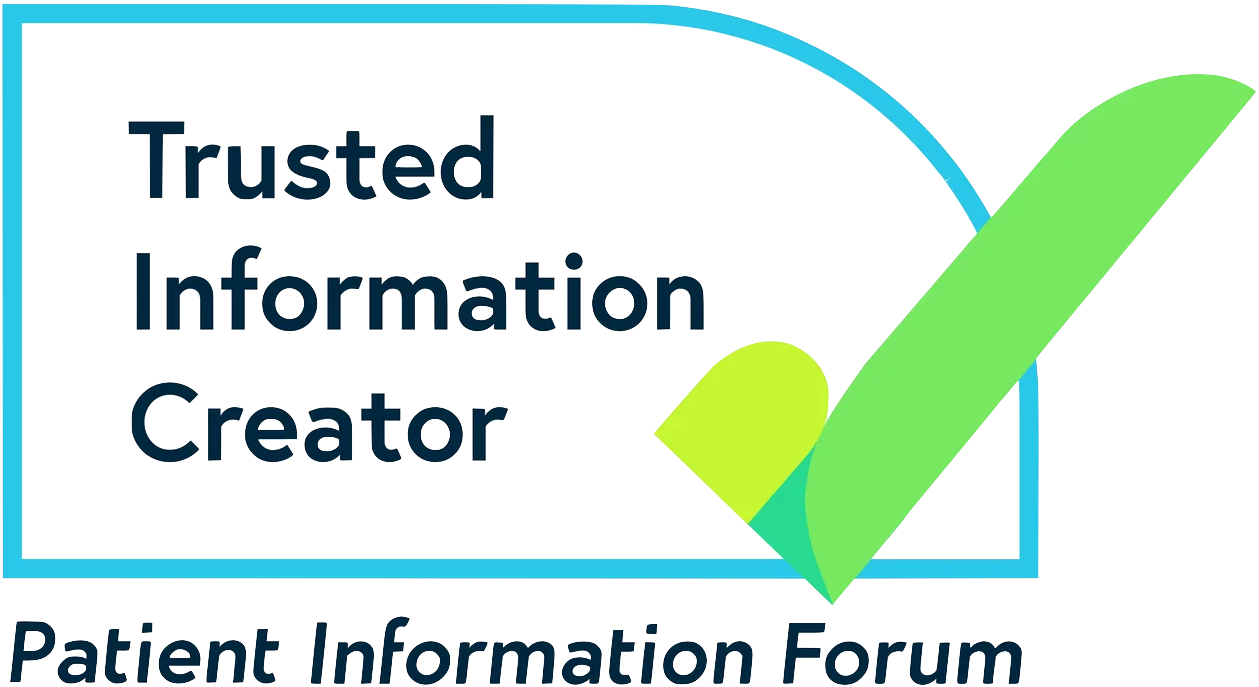What can trigger a reflex seizure?
There are lots of things that have been reported as reflex seizure triggers by people with epilepsy. These include:
- Simple sensory triggers like light, sound or touch
- More complex activities such as eating or brushing teeth
- Thinking or processing information like reading or doing maths calculations
Some different types of reflex seizures
-
Photosensitivity
Seizures are triggered by flashing or flickering lights, or high contrasting patterns such as stripes. These are more common in children and young people, but can happen at any age. Many people find that a combination of taking epilepsy medicines and avoiding seizure triggers is the most effective way of preventing or reducing seizures. There is more information about photosensitive epilepsy on our website.
-
Reading
Epilepsy with reading-induced seizures is a specific epilepsy syndrome that usually starts in the teenage years. Reading triggers brief jerks (myoclonic seizures) around your jaw and mouth. If you carry on reading when the jerks are happening, there is a risk you may go on to have a generalised tonic-clonic seizure. Certain types of reading or language-based tasks may be more likely to trigger seizures, such as reading aloud.
-
Hot water
Seizures are triggered by being in hot water (such as in a bath), or by having hot water quickly thrown over your head or body.
If you have this type of reflex seizure some things that could help include:
- Using lukewarm water
- Spending less time in the bath
- Not pouring water over your head
Diagnosing this type of reflex seizure can be more difficult due to having the electricity from an EEG test near to water.
There is information on our website about how people with epilepsy can take extra care when having a bath or shower: practical guidance on staying safe.
-
Music or sounds (musicogenic)
Seizures can be triggered by hearing certain sounds, such as music, machinery or church bells. Some people only have a seizure when they listen to a particular type of music, tune or instrument. These are usually focal seizures and can sometimes be triggered by thinking about a particular sound.
-
Touch
This is sometimes known as somatosensory stimulation and can include things like skin pricking, touching, tapping or rubbing. Often there is a particular trigger zone, such as your head or back.
-
Thinking
This is a rare type of reflex seizure that can include thinking about a specific activity, such as brushing your teeth, or more complex things like playing chess, doing mathematical sums, writing, or solving puzzles. Avoiding the trigger can be much more difficult than with other types of reflex seizures, and you may need to take epilepsy medicines.
-
Other types of reflex epilepsy
Seizure triggers are very individual. So what triggers a reflex seizure for you, may be different for other people. Researchers have written about lots of rare types of reflex seizure triggers. These include things like emotions, eating, using a knife and fork, having an orgasm or being startled by a sudden noise.
What should I do if I think I have reflex seizures?
If you think you have had a seizure, the first person to see is your GP. If they think you might have epilepsy, they will usually arrange for you to see an epilepsy specialist at the hospital.
An epilepsy specialist can talk to you about your symptoms and possible seizure triggers. They will also organise any tests that are needed to make sure you get the right diagnosis.
Treatment for reflex epilepsy
Wherever possible, you should try to avoid the thing that triggers your seizures. If this is difficult, or you also have seizures that don’t have a trigger, you may need to take epilepsy medicines.
If avoiding the trigger and taking epilepsy medicines is not effective in stopping seizures, other treatments may help.
As medical technology is improving all the time, there are more ways for scientists to look at what is happening in the brain. Research continues into why certain things can trigger seizures in some people, but not in others.
Got any questions?
Our expert advisors can help you with any questions you might have about reflex seizures or anything else related to living with epilepsy.


